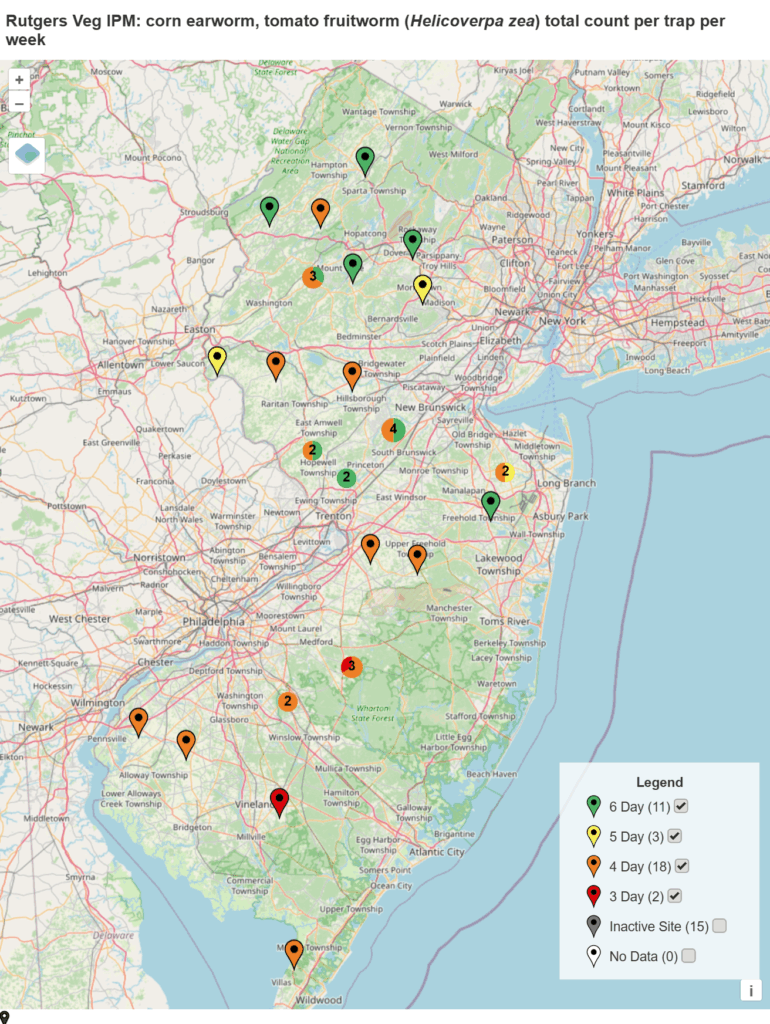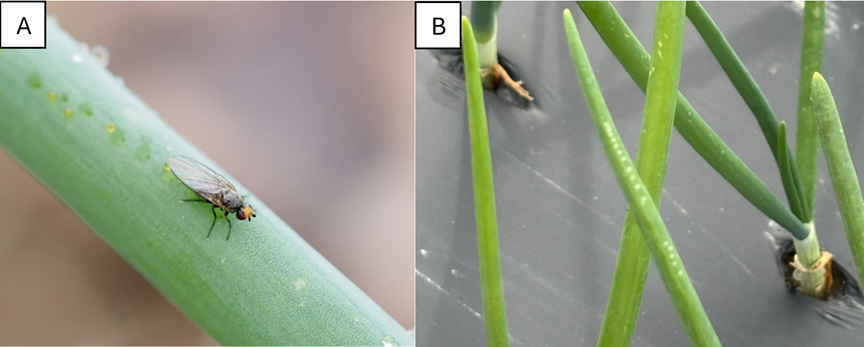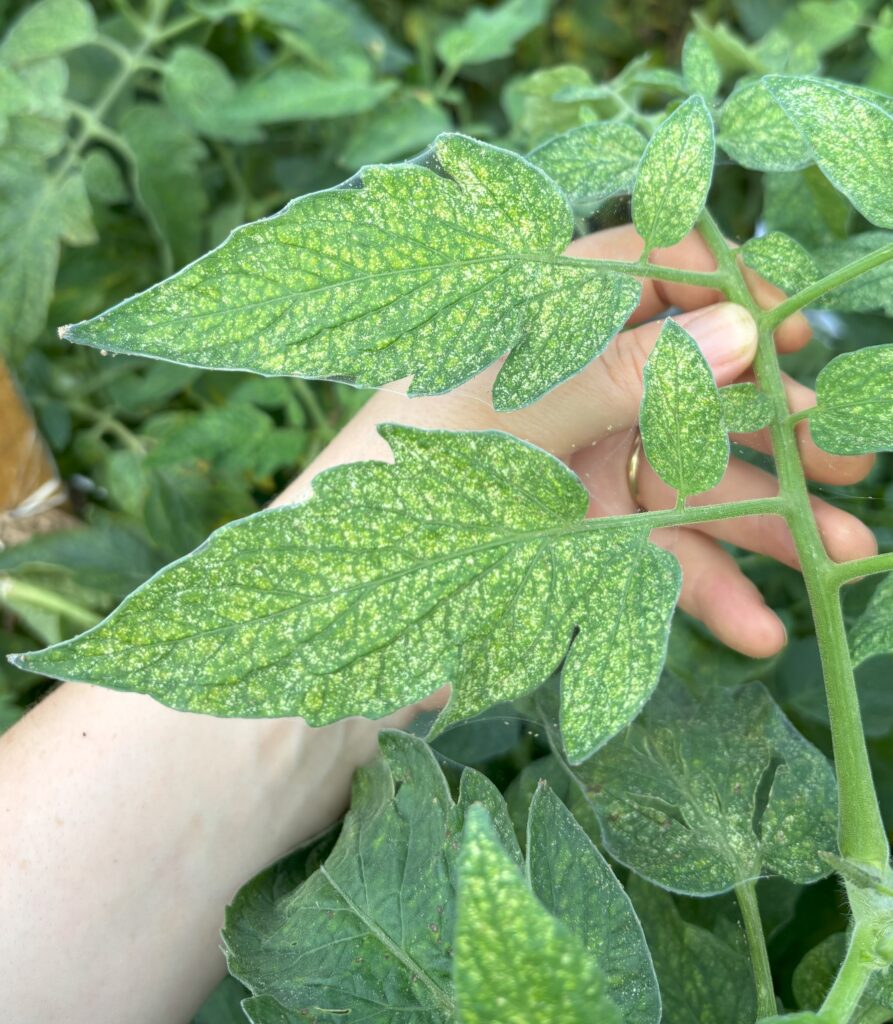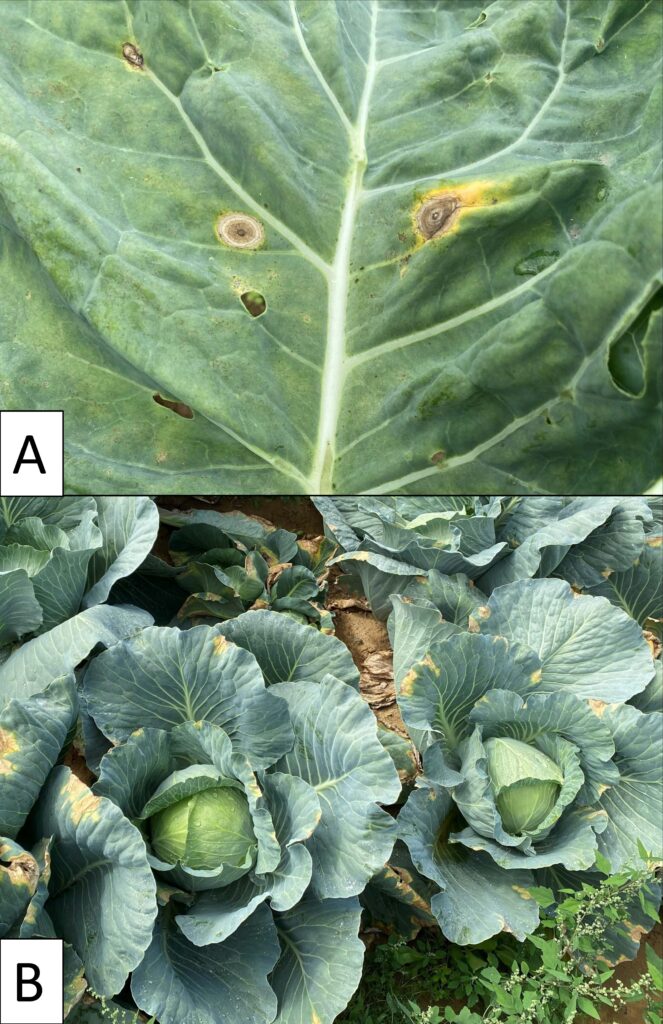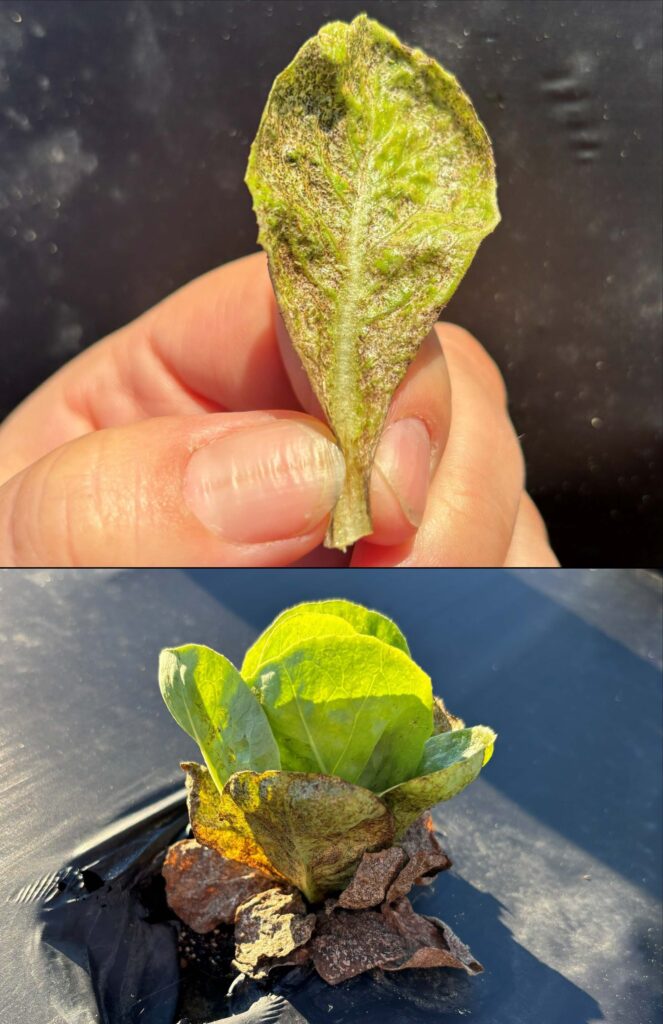October Farming Twilight Meeting
October 23, 2025
5:00PM – 7:30 PM
Location:
Rea’s Farm Market
400 Stevens Street
West Cape May NJ 08204
Program
4:30 PM – Registration / Light Refreshments
5:00 PM – Welcome – Claudia Gil Arroyo, Cape May County Agent III; Rutgers NJAES
5:10 PM – Using Data to Drive Sales
Claudia Gil Arroyo, Cape May County Agent III; Rutgers NJAES
5:45 PM – IPM: Identifying Thrips & Tomato Spotted Wilted Virus (TSWV)
Maria Cramer, Senior Program Coordinator Vegetable IPM, Rutgers NJAES
6:20 PM – IPM Program Implementation in Ornamental Crops
Timothy Waller, Cumber County Agent III, Nursery; Rutgers NJAES
6:55 PM – What I’ve learned about blueberry growing over the past 40 years
Gary Pavlis, Atlantic County CEDH & County Agent II; Rutgers NJAES
Light refreshments will be served.
The following pesticide recertification credits will be awarded: 1A (2 units), 3A (1 unit), 10 (3 units), PP2 (3 units)
Please RSVP by October 20, 2025:
Jocelyn Shillingford 609-465-5115 ext. 3607 or capemayag@njaes.rutgers.edu




